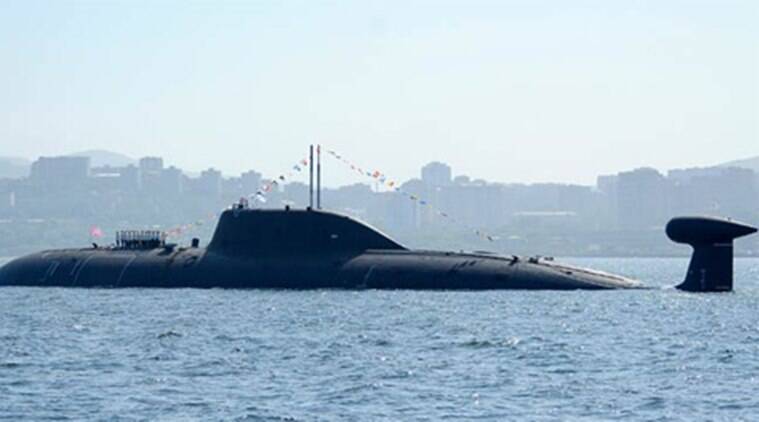India’s SSN Program: A Strategic Investment for the Future
The Indian Navy has been rapidly expanding its submarine fleet in recent years, with a focus on enhancing its underwater capabilities and maintaining a strong naval presence in the Indian Ocean region. One key component of this modernization effort is the development of advanced nuclear-powered submarines, known as SSNs.
The SSN program is part of India’s broader naval modernization plans, which seek to transform the country’s maritime capabilities and safeguard its strategic interests in the region. The program is aimed at developing a fleet of advanced SSNs capable of operating in a wide range of maritime environments and conducting a variety of naval operations.
The SSN program has been in the works for several decades, but it was only in the early 2000s that the Indian Navy began to make significant progress in its development. In 2009, India launched its first nuclear-powered submarine, INS Arihant, which was developed under the Advanced Technology Vessel (ATV) program. INS Arihant is a ballistic missile submarine and is the first of the Arihant-class submarines, which are expected to be the backbone of India’s SSN program.

The Arihant-class submarines are equipped with advanced sensors, weapons systems, and communication technologies, making them highly effective in conducting a range of naval operations, including intelligence gathering, surveillance, and anti-submarine warfare. The submarines are also equipped with nuclear-tipped missiles, giving them a potent offensive capability.
India has plans to build six Arihant-class submarines, and the second submarine, INS Arighat, was launched in 2017. The remaining four submarines are expected to be completed by 2023. In addition to the Arihant-class, India is also developing the S-5 and S-6 class submarines, which will further enhance the country’s underwater capabilities.
“The development of SSNs is critical for India’s naval modernization plans.”
The development of SSNs is critical for India’s naval modernization plans. These submarines have several advantages over conventional diesel-electric submarines, including greater range, endurance, and stealth capabilities. SSNs are powered by nuclear reactors, which provide them with a virtually unlimited range and the ability to remain submerged for extended periods without the need for refueling. They are also much quieter than conventional submarines, making them difficult to detect by enemy vessels and submarines.
The SSN program is also expected to give India a strategic advantage over its regional rivals, particularly China and Pakistan. India’s increasing naval presence in the Indian Ocean has been viewed with suspicion by China, which has been expanding its naval capabilities in the region in recent years. The development of advanced SSNs is expected to provide India with a potent deterrent against potential Chinese aggression in the region.
In conclusion, India’s SSN program is a critical component of the country’s naval modernization plans. The development of advanced nuclear-powered submarines is aimed at enhancing India’s underwater capabilities and providing a potent deterrent against potential adversaries in the region. The success of the SSN program is expected to significantly enhance India’s naval capabilities and strengthen its position as a major naval power in the Indian Ocean region.
